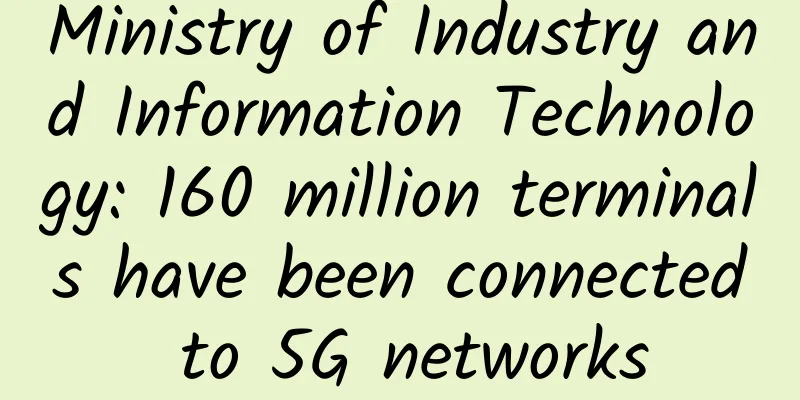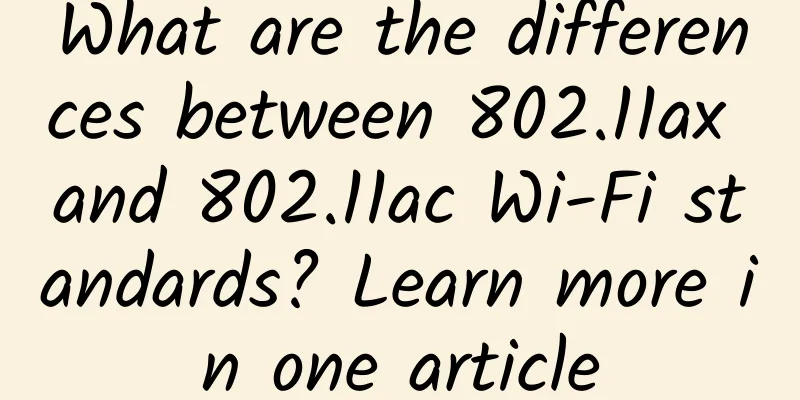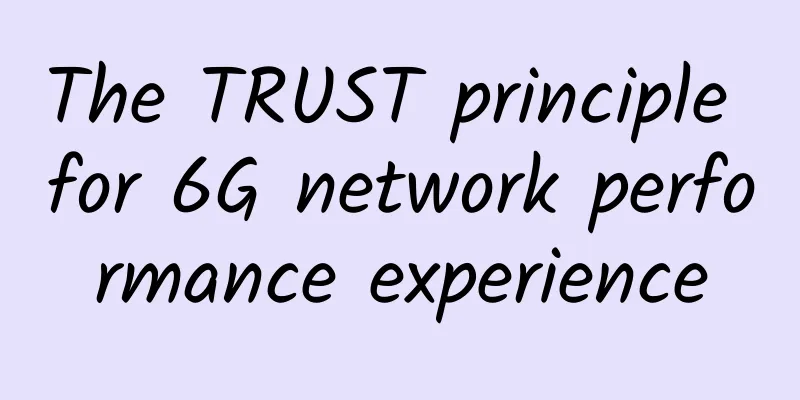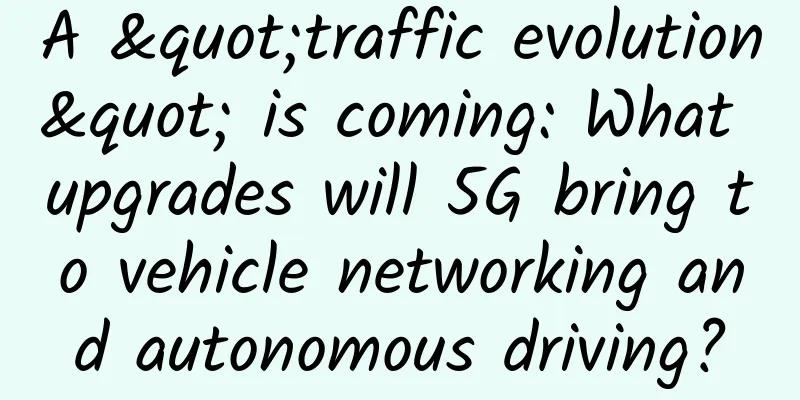Does 5G millimeter wave technology pave the way for the next stage of connectivity?
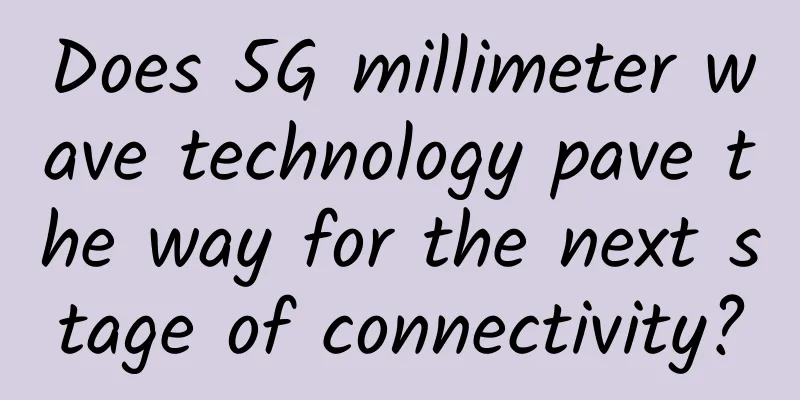
|
In the rapidly developing digital age, the scope of interconnection has expanded unprecedentedly. In the early stage of 5G launch, most countries tried to promote the deployment based on 5G Sub-6GHz. Because it can draw on the experience and technology of the 4G era, it has the advantages of comprehensive coverage and relatively fast speed. It is very suitable for rapid initial deployment and helps consumers and enterprises quickly experience the convenience of 5G. However, with the continuous enrichment of outdoor multimedia and entertainment content, the demand for 5G networks is shifting from traditional mobile devices such as smartphones and computers to higher speed needs in industrial automation, healthcare, smart transportation, AR/VR experience, etc. This has led wireless operators to focus on how to provide services that can upgrade the current mobile network experience, especially in urban areas with dense populations, prosperous economies, and rapidly developing entertainment lifestyles. In terms of suburban network coverage, it is necessary to consider how to provide users in these areas with higher quality network services. The significance of 5G millimeter wave5G mmWave – an innovation operating in the millimeter wavelength spectrum – is the cornerstone of 5G technology. It includes several important capabilities: Enhanced speed: Introduced as NR frequency range 2 (24-52 GHz) (FR2) in the 3GPP specification, mmWave is considered a "rising star" to unlock the limits of 5G's 10Gigabit speeds. According to the latest news reported in July 2023, Nokia said that it achieved sustained average downlink speeds of more than 2 Gbps over a distance of 10.86 kilometers using mmWave spectrum and 5G fixed wireless access (FWA). Low latency: mmWave technology’s short wavelength, beamforming, large bandwidth, and support for real-time applications make it ideal for achieving ultra-low latency. Capacity improvement: Taking advantage of the wide frequency band and unique short wavelength of the millimeter wave spectrum, millimeter wave has the potential to provide bandwidth of up to 1000MHz, which will bring users an unprecedented high-speed experience. Millimeter wave antennas are smaller in size, lighter in weight, and easier to deploy. These collective attributes work together to make 5G mmWave seamlessly functional, especially in densely populated environments such as dense residential areas, dense commercial districts, bustling airports, vibrant stadiums, and vibrant musical theaters. In these high-traffic areas where demand for fast internet is huge, 5G mmWave performs exceptionally well, delivering a seamless internet experience. In addition, fixed wireless access (FWA) has become a key use case for 5G mmWave technology, meeting the needs of residential and commercial environments. The technology can be used to provide high-speed wireless Internet connections to homes and office buildings, enriching the communication environment. For example, the United States took the lead in deploying 5G, with a strategic focus on millimeter wave networks. Geographic factors play a key role in millimeter wave deployment strategies. Since most densely populated U.S. cities are concentrated on the east and west coasts and some southern states, network operators prioritize building strong infrastructure in these densely populated areas. The inherent advantages of millimeter waves help users have fast and stable Internet connections. Furthermore, in India, the urban landscape is characterized by dense populations, leading to higher requirements for seamless high-speed and low-latency data connectivity. In this context, the capabilities offered by mmWave technology become particularly important. Its ability to deliver higher data rates and accommodate large data loads is well suited to the data-intensive needs of the country’s urban residents, while balancing deployment costs. As a result, mmWave becomes a viable solution to meet the evolving needs of the modern connectivity environment. With its unmatched combination of high speed, low latency, and high capacity, mmWave promises to revolutionize connectivity, especially in densely populated urban areas and suburban areas. Unveiling the futureThe 5G millimeter wave connection system has rich frequency resources and massive bandwidth, providing a solution to the global shortage of medium and low-frequency spectrum resources. Mid-band frequencies are ideal for deploying 5G over wide areas, while high-band frequencies provide large capacity for precise areas. When combined with Sub-6GHz technology, it can cover an entire country with 5G. Due to their shorter wavelengths, millimeter waves correspond to frequencies of 30-300 GHz, which are considered quite high in the electromagnetic spectrum. The higher the frequency, the faster the signal transmission speed and the greater the storage capacity. In this way, it can reach data speeds of more than several Gbps in some places. Fixed Wireless Access (FWA) equipment works effectively together by combining the 5G Sub-6GHz frequency range with millimeter wave technology. 5G Sub-6GHz achieves the role of true high-speed transmission, making up for the defect of 5G millimeter wave's higher transmission cost over a wider range. With the 5G millimeter wave system, more antenna arrays can be deployed in the same area to concentrate beamforming energy. The transmission technology used in short-distance and low-interference scenarios ensures excellent network stability and higher transmission speeds. Ultimately, this will enable FWA services and cost-effective deployment for homes and businesses. In a world where innovation is thriving, 5G mmWave is the beacon that guides us into a new era of connectivity. |
<<: Redefining the Network: Navigating the World of SD-WAN
>>: Singapore to shut down 3G and reallocate spectrum for 5G
Recommend
Analysis of operators' operating data in May: main business data increased across the board, and 5G user development entered a "transformation period"
[[406793]] "Dear user, hello, do you want to...
Tudcloud: Hong Kong VPS monthly payment starts from US$7.2, with options for high bandwidth or unlimited traffic
Tudcloud is a newly opened hosting company that p...
6G research should be prepared for a rainy day
Since 5G is still in the development and deployme...
How powerful is pooling technology? I was shocked by the comparison between threads and thread pools!
[[335212]] This article is reprinted from the WeC...
Yike Cloud: 10% off monthly VPS and 20% off quarterly VPS, Hong Kong CN2&CMI/US CN2 GIA&9929 optional
OneTechCloud has launched a regular promotion aft...
Internet of Things, AI: Seven major trends that will reform enterprise IT in 2018!
I have said in recent articles that 2018 will be ...
What to do if the Wi-Fi signal at home is not good? Here are 4 tips
Everyone needs Wi-Fi at home, but for various rea...
Four waves, closing the TCP connection
[[428968]] This article is reprinted from the WeC...
Expectations for Network as a Service (NaaS) Technology
Network as a Service (NaaS) technology provides n...
BandwagonHost has opened a new data center in Osaka, Japan. It can be interchanged with DC6 (CN2 GIA-E) with a 10% discount.
The latest news is that BandwagonHost has opened ...
Maxthon Hosting: Los Angeles data center connected to AS9929 line, 20% discount, monthly payment starting from 38 yuan
Aoyou Host is a long-established foreign VPS host...
DogYun National Day Promotion: 30% off on Dynamic Cloud, 20% off on Classic Cloud, 100 yuan/month discount on Dedicated Server, 100 yuan free for every 100 yuan you top up
DogYun is a Chinese hosting company established i...
HostYun newly launches Japan EQ data center 10Gbps bandwidth VPS monthly payment starting from 18 yuan
HostYun has recently opened several new data cent...
An article to understand the principles of CDN technology
Overview The rapid development of the Internet ha...
Master port isolation technology to make the network more secure
Currently, Ethernet technology is widely used in ...


